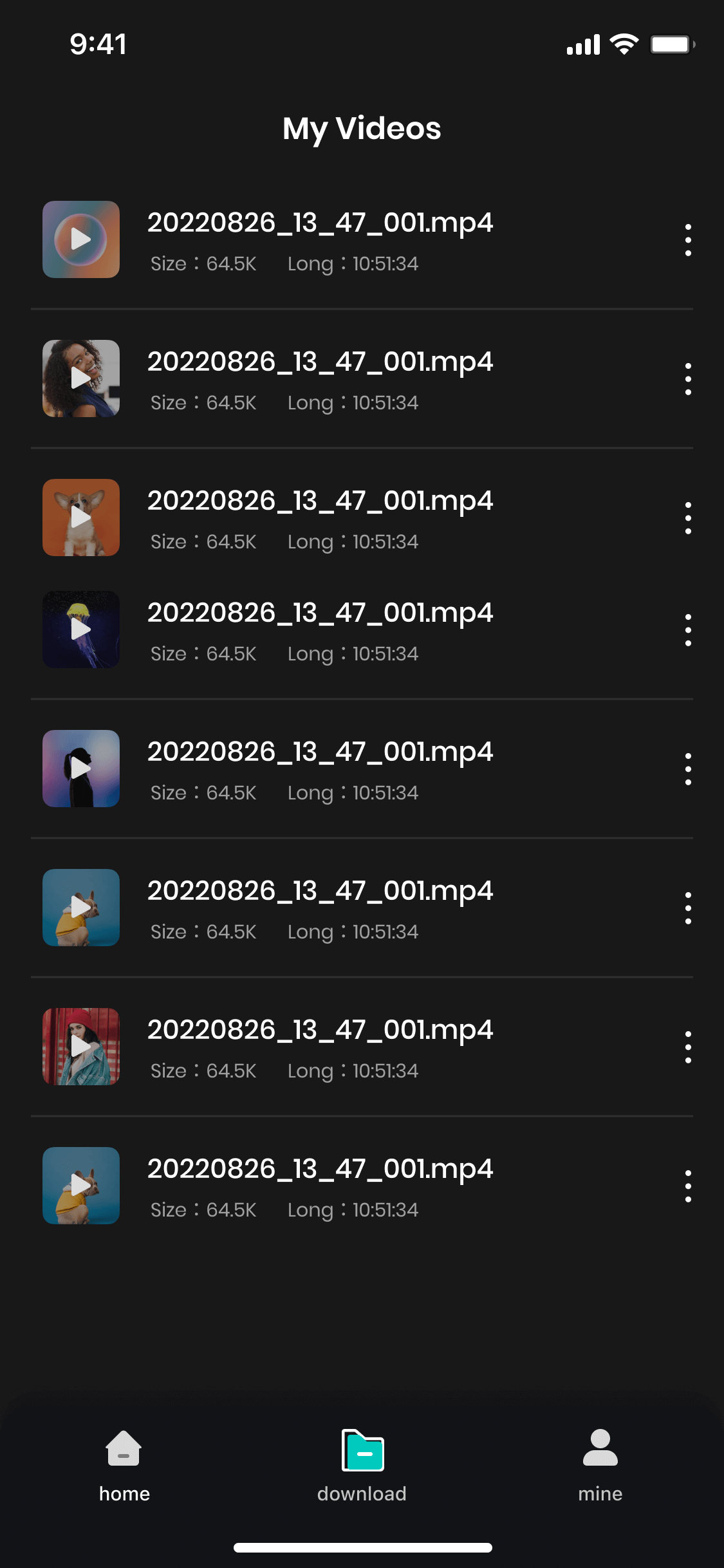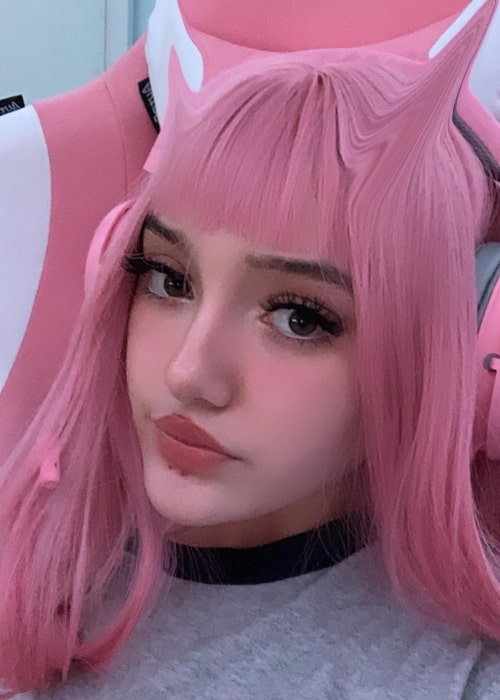Baby Ashlee Nude: A Comprehensive Guide To Understanding The Controversy
Let’s be real here, folks. The topic of baby ashlee nude has sparked a lot of discussions online, but we’re here to set the record straight. In today’s digital age, misinformation spreads faster than wildfire, and it’s crucial to approach sensitive topics with care, respect, and facts. If you’ve stumbled upon this term and are curious about what it means, you’ve come to the right place. We’ll break it down for you in a way that’s easy to digest, while ensuring we maintain professionalism and respect for everyone involved.
Now, before we dive deep into the details, let’s talk about why this topic matters. The phrase "baby ashlee nude" might sound alarming at first glance, but it’s important to understand the context behind it. This isn’t just about a viral trend or a sensationalized headline—it’s about privacy, consent, and the ethical use of the internet. In a world where everyone’s life seems to be on display, we need to be mindful of how we consume and share information.
So, buckle up, because we’re about to take a closer look at the story behind baby ashlee nude, its origins, the legal implications, and most importantly, how we can all contribute to a safer online environment. Let’s get started!
Read also:Madison Lecroy Nude The Truth Behind The Controversy And What You Need To Know
What Does Baby Ashlee Nude Really Mean?
First things first, let’s clear the air. The term "baby ashlee nude" often pops up in search queries due to its sensational nature, but what does it actually mean? Simply put, it refers to a situation where images or content involving a minor named Ashlee were shared without consent. This is a serious issue, and it’s essential to approach it with sensitivity.
In many cases, the term has been misused or exploited by individuals looking to generate clicks or spread misinformation. However, the reality is far from glamorous. The sharing of such content without proper authorization is not only unethical but also illegal in most countries. We’ll dive deeper into the legal aspects later, but for now, let’s focus on understanding the context.
Understanding the Origins of the Term
Like many viral topics, the origins of "baby ashlee nude" can be traced back to social media platforms. Somewhere along the line, someone shared content that caught people’s attention, and before you know it, the term went viral. But here’s the thing—just because something is trending doesn’t mean it’s okay to engage with it.
According to experts in digital ethics, the rapid spread of such content highlights the need for better education on online safety and privacy. Platforms like Facebook, Instagram, and Twitter have policies in place to prevent the sharing of explicit content involving minors, but enforcement can sometimes lag behind.
Why Is This Topic Controversial?
Let’s talk about the elephant in the room—why is this topic so controversial? The answer lies in the ethical and legal implications of sharing explicit content involving minors. In the United States, for example, the production, distribution, or possession of such material is considered a federal offense under the Child Pornography Prevention Act.
But it’s not just about the law. There’s also the emotional and psychological impact on the individuals involved. Imagine being a parent or guardian discovering that private images of your child have been shared online without your consent. It’s a nightmare scenario that no one should ever have to face.
Read also:Sophia Di Martino Nude The Truth Behind The Clickbait And Sensationalism
The Legal Ramifications
When it comes to baby ashlee nude, the legal consequences are severe. In addition to criminal charges, individuals who share or possess such content can face civil lawsuits, hefty fines, and even imprisonment. Authorities around the world are cracking down on these offenses, and for good reason.
Here are some key points to keep in mind:
- Sharing explicit content of minors is illegal in most countries.
- Penalties can include jail time, fines, and being added to a sex offender registry.
- Platforms that fail to remove such content promptly can also face legal action.
How Can We Protect Children Online?
Now that we’ve covered the basics, let’s talk about what we can do to protect children in the digital age. Education is key. Parents, guardians, and educators need to have open conversations with kids about online safety. Teaching them about the importance of privacy, consent, and responsible internet use can go a long way in preventing such incidents.
Here are some practical tips:
- Encourage kids to use strong, unique passwords for their accounts.
- Teach them to never share personal information with strangers online.
- Monitor their online activity and have regular check-ins.
- Install parental controls on devices to block inappropriate content.
Technological Solutions
Technology can also play a role in protecting children online. Many platforms now use advanced algorithms to detect and remove explicit content automatically. For example, Google’s Content Safety API helps organizations identify and report child exploitation material. Similarly, tools like Net Nanny and Qustodio offer parental control features that allow parents to set restrictions on what their kids can access online.
Real-Life Stories: The Impact of Online Exploitation
To truly understand the gravity of the situation, let’s look at some real-life stories. These aren’t just statistics or abstract concepts—these are the lives of real people who have been affected by online exploitation.
Take the case of a young girl named Sarah (name changed for privacy). Her family discovered that private photos of her had been shared on a social media platform by a friend. The incident caused immense emotional distress for Sarah and her family, leading to legal action against the perpetrator. This story serves as a reminder of the importance of consent and respect for others’ privacy.
Lessons Learned from Sarah’s Story
Sarah’s story teaches us several valuable lessons:
- Consent matters. Always ask for permission before sharing someone else’s content.
- Think twice before clicking "share." Once something is online, it’s out there forever.
- Report any suspicious activity to the authorities immediately.
Statistical Insights: The Scope of the Problem
According to a report by the National Center for Missing and Exploited Children (NCMEC), there has been a significant increase in reports of online child exploitation in recent years. In 2022 alone, the organization received over 29 million reports of suspected child exploitation. These numbers are alarming and highlight the urgent need for action.
Here are some key statistics to consider:
- 1 in 7 children will encounter explicit content online.
- Over 70% of child exploitation cases involve images or videos shared on social media.
- The average age of victims in these cases is 13 years old.
The Role of Social Media Platforms
Social media platforms have a responsibility to ensure the safety of their users. While many have made strides in improving their moderation policies, there’s still room for improvement. For example, Instagram recently introduced new features to help users report and block inappropriate content. Twitter has also stepped up its efforts to combat the spread of harmful material.
How You Can Help
As individuals, we all have a role to play in creating a safer online environment. Here are some ways you can contribute:
- Report any suspicious activity to the authorities or platform moderators.
- Spread awareness about online safety and the dangers of sharing explicit content.
- Support organizations working to combat child exploitation, such as NCMEC and Thorn.
Get Involved: Join the Fight Against Online Exploitation
There are countless organizations and initiatives dedicated to combating online exploitation. By getting involved, you can make a real difference. Whether it’s volunteering your time, donating funds, or simply sharing information, every little bit helps.
Conclusion
In conclusion, the topic of baby ashlee nude is more than just a viral phrase—it’s a wake-up call for all of us to be more mindful of how we use the internet. By understanding the context, legal implications, and emotional impact of such content, we can work together to create a safer online world for everyone.
So, what can you do? Start by educating yourself and those around you about online safety. Report any suspicious activity, and support organizations fighting against child exploitation. Together, we can make a difference.
And hey, don’t forget to share this article with your friends and family. The more people who are aware of these issues, the better equipped we’ll be to tackle them head-on. Let’s keep the conversation going!
Table of Contents
- What Does Baby Ashlee Nude Really Mean?
- Why Is This Topic Controversial?
- How Can We Protect Children Online?
- Real-Life Stories: The Impact of Online Exploitation
- Statistical Insights: The Scope of the Problem
- How You Can Help



